+8613776545860
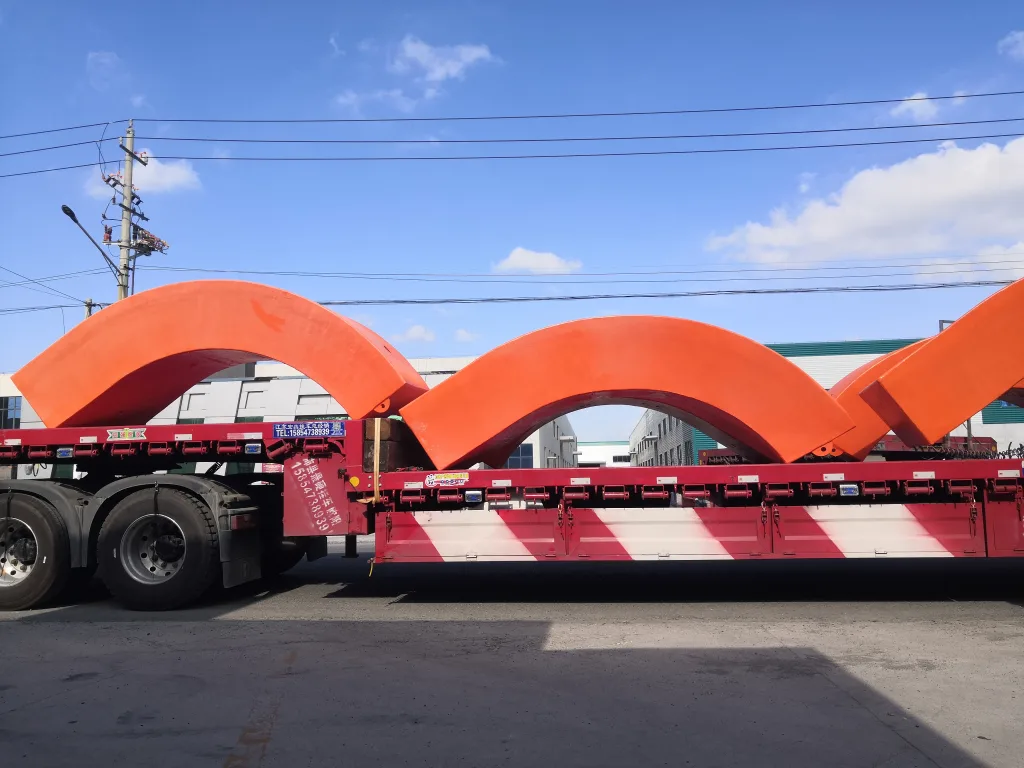
The Necessity of Fiberglass Anti-Collision Facilities for Bridges
As our infrastructure ages and traffic volume increases, the safety and longevity of bridges become critical concerns. One innovative solution gaining traction is the use of fiberglass anti-collision facilities. These systems provide a robust defense against the significant damage that can be caused by vehicular impacts. Here’s why implementing fiberglass anti-collision facilities is not just beneficial, but necessary for modern bridge safety.
1. Enhanced Durability and Strength
Fiberglass is renowned for its high strength-to-weight ratio and its resistance to corrosion. Unlike traditional materials such as steel or concrete, fiberglass can withstand harsh environmental conditions without degrading. This durability ensures that anti-collision barriers remain effective over long periods, reducing the need for frequent repairs or replacements.
2. Superior Impact Absorption
The primary function of anti-collision barriers is to absorb and dissipate the energy from impacts, protecting the structural integrity of the bridge. Fiberglass excels in this role due to its flexibility and toughness. When a vehicle collides with a fiberglass barrier, the material absorbs the energy more efficiently than rigid materials, reducing the force transmitted to the bridge structure.
3. Cost-Effectiveness
While the initial installation cost of fiberglass anti-collision facilities may be higher than traditional materials, the long-term savings are substantial. The reduced need for maintenance and repairs, combined with the extended lifespan of fiberglass, make it a cost-effective solution over time. Additionally, preventing bridge damage from collisions avoids the significant expenses associated with structural repairs and potential traffic disruptions.
4. Environmental Benefits
Fiberglass is a sustainable material that requires less energy to produce and has a lower environmental impact compared to steel or concrete. Its longevity further reduces the environmental footprint by minimizing the frequency of replacements. Implementing fiberglass barriers aligns with broader goals of sustainable infrastructure development.
5. Increased Safety for All Road Users
Collisions on bridges can lead to severe accidents and traffic delays. By incorporating fiberglass anti-collision facilities, the impact of such incidents can be significantly mitigated. These barriers help prevent vehicles from penetrating or causing substantial damage to bridge structures, thereby protecting the lives of people and reducing the risk of secondary accidents.
6. Versatility and Adaptability
Fiberglass can be molded into various shapes and sizes, making it suitable for a wide range of bridge designs and specifications. This versatility allows engineers to design customized solutions tailored to the specific needs of each bridge, ensuring optimal protection and performance.
Conclusion
The integration of fiberglass anti-collision facilities into bridge infrastructure is a forward-thinking approach to enhancing safety, durability, and cost-efficiency. As we continue to rely heavily on our bridge networks, adopting such innovative solutions is imperative to protect both our infrastructure investments and the people who use them. Investing in fiberglass barriers today ensures a safer, more resilient bridge network for tomorrow.

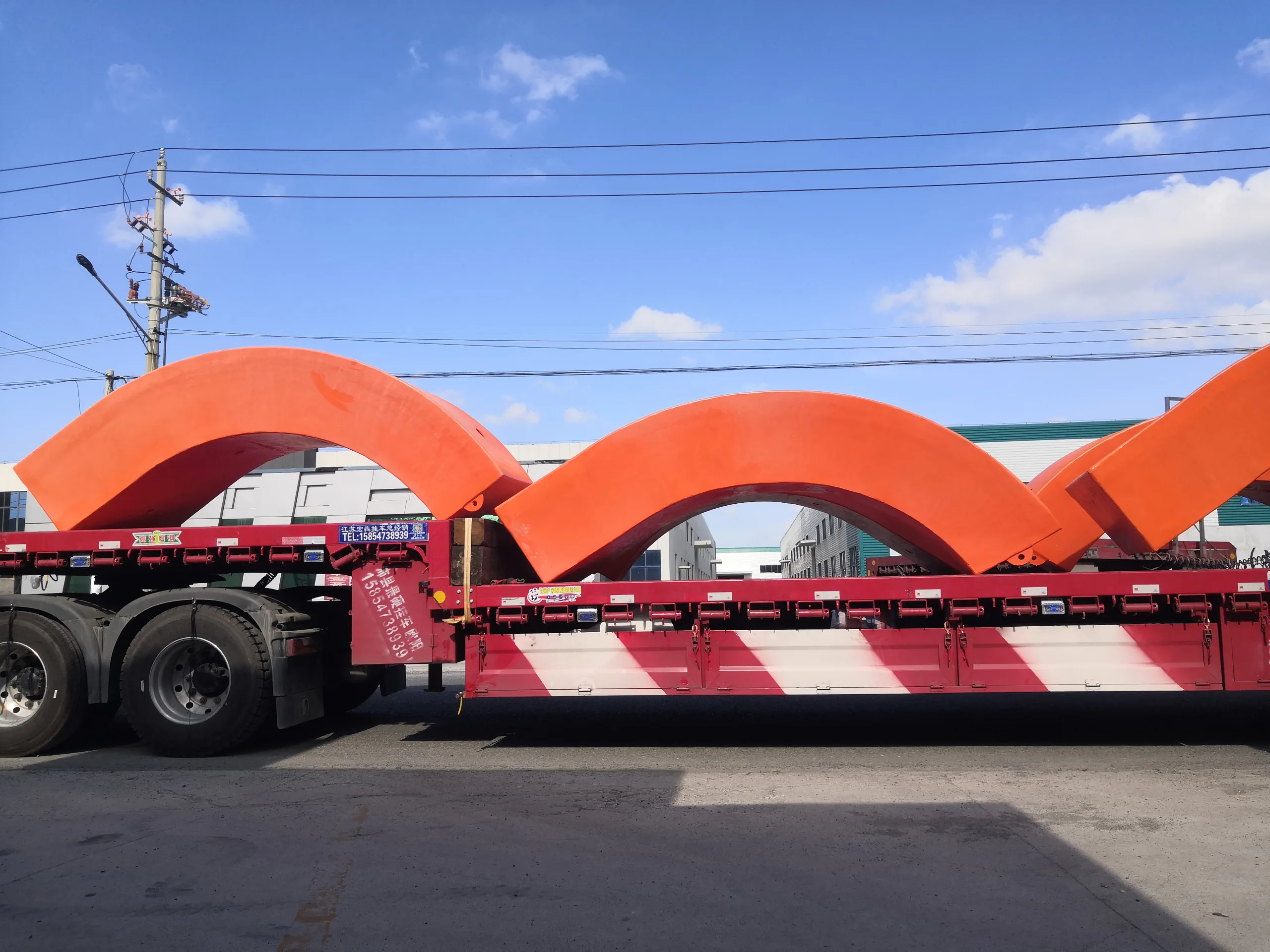
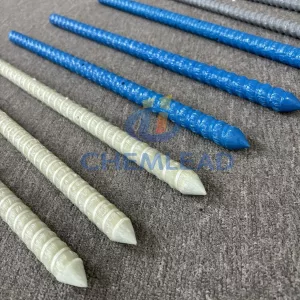
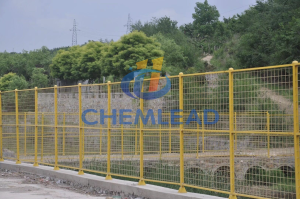
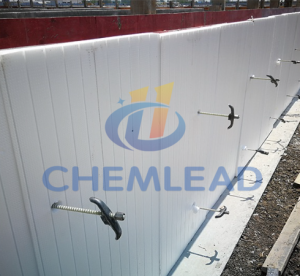
 Get Free Quote Now! Don’t Hesitate!
Get Free Quote Now! Don’t Hesitate!